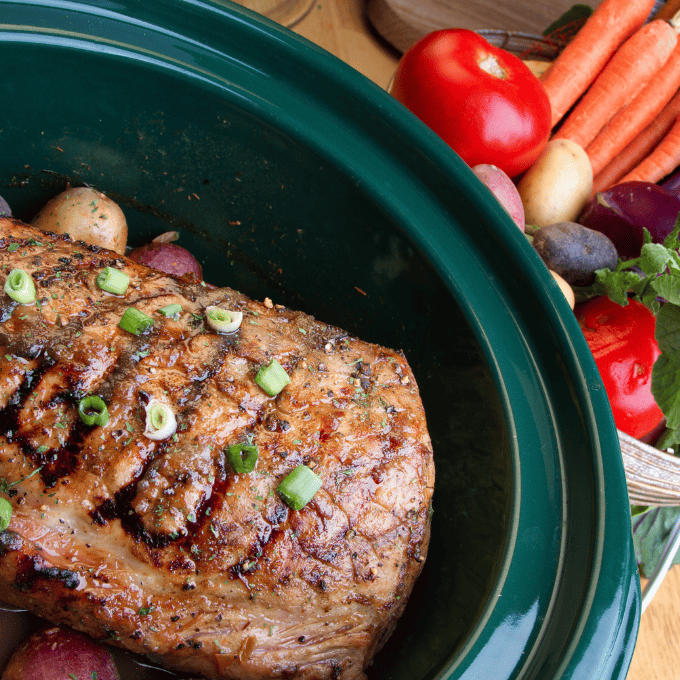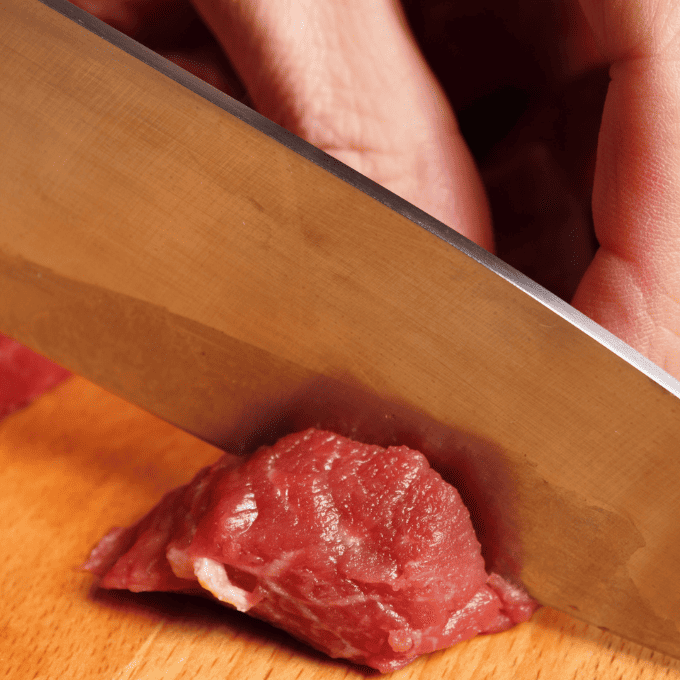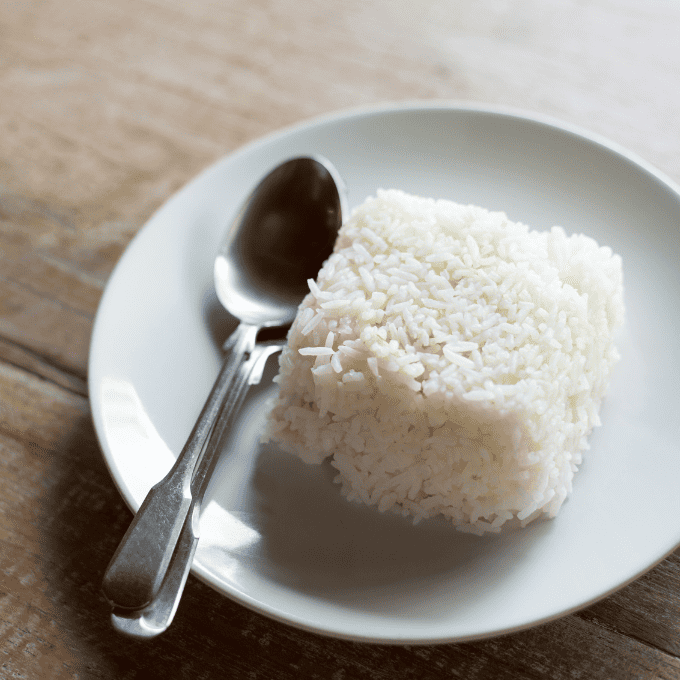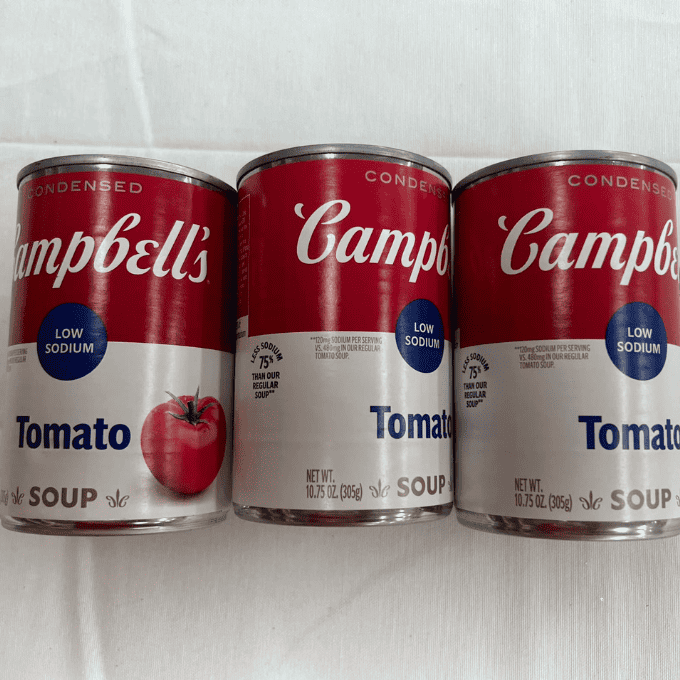12 Ways to Stretch Meat to Make it Last Longer
In today’s world, everyone is looking for ways to save money and stretch their budget. One of the most effective ways to do so is through meal planning. By planning your meals in advance, you can stretch your dollar further and still enjoy delicious and satisfying meals.
One of the most expensive components of meal planning is often meat. However, there are many ways to stretch meat further without sacrificing taste or nutrition. In this article, we’ll explore 12 different ways to stretch meat further in your meal planning.

1. Use Meat as a Flavor Enhancer
One of the easiest ways to stretch meat is by using it as a flavor enhancer rather than the main focus of the dish. Instead of using large amounts of meat, incorporate it into dishes in smaller quantities to add flavor.
For example, adding a small amount of diced bacon to a dish of roasted Brussels sprouts can add a depth of flavor without breaking the bank. Other recipes that utilize meat as a flavor enhancer include vegetable soups and stews, where a small amount of meat can add richness and complexity to the broth.
Meat-based stocks and broths are also a great way to utilize leftover bones and meat scraps to add depth of flavor to dishes.
2. Add Plant-Based Protein
Another way to stretch meat further is by incorporating plant-based protein sources into your meals. Plant-based proteins like lentils, chickpeas, and quinoa can add a satisfying texture and flavor to dishes, while also providing essential nutrients.
Recipe ideas that feature plant-based protein include lentil soups, chickpea curries, and quinoa salads. The benefits of plant-based protein include lower cost, environmental sustainability, and potential health benefits.
3. Embrace Meat Substitutes
Meat substitutes are another way to stretch meat further. Meat substitutes are products that mimic the taste and texture of meat without using animal products. Examples of meat substitutes include tofu, tempeh, and seitan.
Meat substitutes are often less expensive than meat and can be used in a variety of dishes, such as stir-fries, sandwiches, and tacos. Different types of meat substitutes have unique textures and flavors that can be used to create a variety of dishes.

4. Use Cheaper Cuts of Meat
Using cheaper cuts of meat is another way to stretch your budget. Cheaper cuts of meat, like beef chuck or pork shoulder, can be tougher but are full of flavor. By using a slow-cooking method, like braising or roasting, cheaper cuts of meat can be transformed into tender and delicious dishes.
Examples of recipes that use cheaper cuts of meat include beef stews, pot roast, and pulled pork. Cheaper cuts of meat can be a great way to get more bang for your buck.
We also like to stock up on our favorite cuts of meat when it super cheap. We portion the big packs down to smaller packs and freeze for later on. This saves a ton of money on our grocery budget each week.
5. Stretch Meat with Grains
Incorporating grains into meals can help stretch meat further while also providing essential nutrients. Grains like rice, corn, barley, and oats can serve as a base for dishes. Recipes that feature grains with meat include stir-fry with rice, corn tortillas or chips, and soups with barley. Nutritional benefits of grains include fiber, protein, and essential vitamins and minerals.
6. Stretch Meat with Beans
Using canned or dried beans like refried beans, black beans, white navy beans, and kidney beans can bulk up your meal and fill you up.
I like to use refried beans in dishes like enchiladas or tacos. Black beans in burritos and white navy beans in soup. Of course, kidney beans go really well in chili or even spaghetti style dishes.

7. Repurpose Leftover Meat
If you have some leftover meat from a previous meal, don’t throw it away. You can repurpose it into a new dish and get an extra meal out of it. For example, you can make a stir-fry with leftover chicken or beef, or add shredded pork to a sandwich or wrap. You can also use leftover meat to make a hearty soup or stew.
Recipe ideas for using up leftover meat:
- Leftover Chicken Enchiladas: Use shredded leftover chicken to make enchiladas with salsa, cheese, and tortillas.
- Fried Rice: Use leftover chicken, pork, or beef to make fried rice with vegetables, rice, and soy sauce.
- Shepherd’s Pie: Use leftover beef or lamb to make a shepherd’s pie with mashed potatoes, vegetables, and gravy.
- Tacos: Use leftover pork or beef to make tacos with toppings like salsa, cheese, and lettuce.
- Chili: Use leftover beef or chicken to make chili with beans, tomatoes, and spices.
Tips for storing and reheating leftover meat:
- Store leftover meat in an airtight container in the fridge for up to 4 days.
- Reheat leftover meat in the oven, on the stove, or in the microwave until it reaches an internal temperature of 165°F (74°C).
- Avoid reheating meat more than once to prevent bacterial growth.
Personally, I store meat without sauces by itself, so it is easy to use in another dish later on.

8. Practice Portion Control
Meat can be a significant part of our meals, but it’s important to practice portion control to avoid overeating and wasting food. A serving size of meat is typically 3-4 ounces, about the size of a deck of cards.
How to practice portion control with meat:
- Measure your meat with a food scale or measuring cup to ensure proper portion sizes.
- Use smaller plates and bowls to make your portions appear larger.
- Fill up on vegetables and whole grains to make your meals more filling.
- Save leftovers for another meal or freeze them for later.
The benefits of portion control:
- Reduces the risk of overeating and weight gain
- Saves money by reducing food waste and buying less meat
- Promotes balanced and healthy meals
Recipe ideas that showcase portion control:
- Grilled Chicken Skewers with Vegetables: Thread small portions of chicken and vegetables onto skewers for a balanced and flavorful meal.
- Beef Stir-Fry with Vegetables: Use small portions of beef and plenty of vegetables in a stir-fry for a filling and balanced meal.
9. Focus on Flavor
Adding flavor to meals is an easy way to make them more satisfying and enjoyable. By using spices, herbs, and other ingredients, you can enhance the flavor of your meat and make it go further.
How to add flavor to meals:
- Experiment with spices and herbs like cumin, coriander, garlic, and ginger.
- Use acidic ingredients like lemon juice or vinegar to brighten up the flavor of meat.
- Add umami-rich ingredients like soy sauce or mushrooms to enhance the savory flavor of meat.
- Use cooking techniques like grilling, roasting, or smoking to add depth of flavor.
Recipe ideas that showcase flavor:
- Grilled Steak with Chimichurri Sauce: Use a flavorful marinade and top with a zesty chimichurri sauce for a delicious and bold steak.
- Roasted Pork Tenderloin with Apples and Onions: Roast pork with sweet and savory apples and onions for a comforting and flavorful meal.
- Spiced Lamb Meatballs with Yogurt Sauce: Use warming spices like cinnamon and cumin in lamb meatballs and serve with a tangy

10. Make Meat Go Further with Bulk Cooking
Bulk cooking is an excellent way to stretch your meat and save time in the kitchen. By preparing large quantities of food at once, you can create multiple meals with minimal effort.
One of the easiest ways to bulk cook meat is by using a slow cooker or pressure cooker. Simply add your meat and desired seasonings, and let it cook for several hours.
Once cooked, you can portion the meat into smaller containers and freeze for later use. Another option is to cook large batches of soups, stews, and casseroles that incorporate meat as an ingredient. These meals can be portioned and frozen for easy reheating throughout the week.
Recipe ideas that utilize bulk cooking:
- Slow cooker beef stew
- Instant pot pulled pork
- Chicken and vegetable stir fry
- Beef and bean chili
- Shepherd’s pie
Benefits of bulk cooking:
- Saves time in the kitchen
- Reduces food waste
- Helps with portion control
- Provides easy meal prep for busy schedules
11. Incorporate Meat Alternatives
Meat alternatives are becoming increasingly popular as more people adopt a plant-based or flexitarian diet. Meat alternatives are products that mimic the texture and flavor of meat, but are made from plant-based ingredients.
Some popular types of meat alternatives include veggie burgers, plant-based sausages, and meatless ground “beef”. By incorporating meat alternatives into your meals, you can stretch your meat further and reduce your meat consumption.
Different types of meat alternatives:
- Soy-based products like tofu and tempeh
- Wheat gluten-based products like seitan
- Pea protein-based products like Beyond Meat and Impossible Foods
Recipes that use meat alternatives:
- Black bean and sweet potato burgers
- Vegetarian chili with meatless ground “beef”
- Tofu stir fry with vegetables
- Veggie sausage and peppers

12. Cook Less Meat in your Meals
Now this sounds silly, but I have started experimenting with using less ground meat in common dishes to see if anyone would really notice. I like many people tended to cook ground meat like beef, chicken, turkey, and pork in 1-pound containers in a time.
Ground meat typically comes in a 1-pound rolls or fresh on a clam shell, so it would make sense to use a whole pound for 1 meal. Instead, I started cooking the full pound, but removing half of it for another meal later on.
For instance, when I make spaghetti or tacos, I only season and use 1/2 a pound of the ground meat. No one noticed a taste difference and we used all the half pound of meat that night with no leftovers.
That was perfect because sometimes leftovers just get tossed around the fridge anyway, so having no leftovers meant no wasted food. To see how we make this work, check out some of our budget meal plans where we use half a pound for Sloppy Joes and half a pound for Burrito Bowls!
Final Thoughts
In summary, there are many ways to stretch your meat further and save money on your grocery bill. By incorporating these 12 tips into your meal planning, you can reduce your meat consumption, add variety to your diet, and save time in the kitchen.
Don’t be afraid to experiment with different ingredients and cooking techniques to create delicious, budget-friendly meals.
Remember, stretching your meat doesn’t mean sacrificing flavor or nutrition – it’s about making the most of what you have and being mindful of your food choices.
For more ways to save money at the grocery store, check out “Is it Cheaper to buy Frozen Chicken?” and “Expired Food at the Grocery Store.”






